CHINASE | ENGLISH
bottom
NEWS
This is a work summary report from 380,000 kilometers away
For the first time in human history,
Chang'e 4 probe landed on the far side of the moon
……
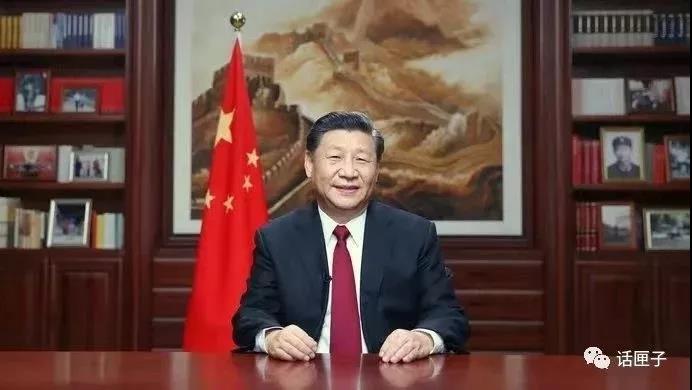
2020 New Year's Message from President Xi Jinping
reminded everyone of this highlight moment
in the development of China’s Aerospace in 2019
On January 2, 2020
on the remote, far side of the moon
Chang'e 4 lunar lander and Yutu II rover
completed their 13th day of work on the moon
After completing the dormant mode setting as instructed
They went into the freezing night-time nap smoothly
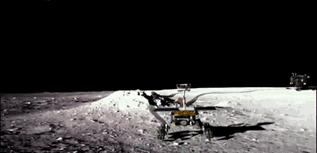
Chang'e 4 probe includeslunar lander, rover and satellite
i.e. Soft Landing Lunar Probe (lunar lander)
Lunar Exploration Rover (rover)
And “Queqiao” relay satellite
Shanghai Academy of Spaceflight Technology undertook the development of five and a half systems of Chang'e 4 lunar lander and rover
including Rover Movement Subsystem
Structural and Mechanical Subsystem
Measurement and Control Data Transmission Subsystem
Power Subsystem
Movement / Mechanical Control and Drive Components of Integrated Electronic Subsystem
Lander Primary Power Subsystem
Do you still remember that at 10:26 on January 3, 2019
Chang'e 4 softly landed at the von Kármán crater near the Antarctica on the far side of the moon
At 10:22 p.m. that day, Yutu II rover drove off Chang'e 4 lunar lander and left its first rut on the moon
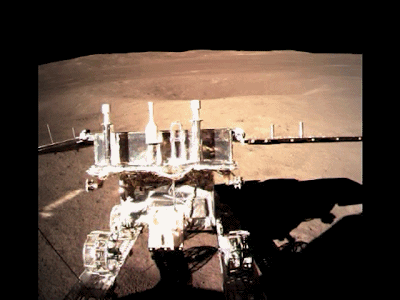
Just a few days ago, it just broke a 49-year record and became the most “longevity” rover in the history of moon exploration.
It is the first rover that has successfully sent back an annual “work summary”
Let's see what it says
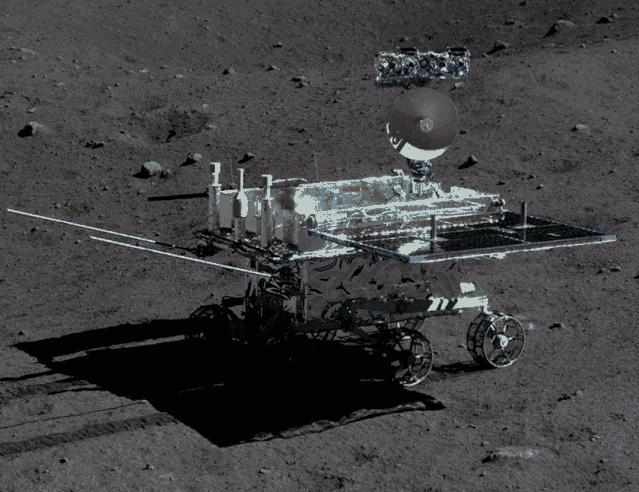
The most awesome bunny on the moon
Hello everyone! This is Yutu II. It's my 13th day on the moon. You know, a day on the moon is as long as 27.3 days on the earth.
I begin my work when the sun rises, and go to sleep when it gets dark every day. However, in order to prevent heat stroke, I would take a midday rest, which is as long as about a week on the earth. Walking and sleeping, sleeping and walking, I feel that time passes so fast.
Before setting out, I looked up at the moon and admired its flawless. However, after arriving here, I found it silent and desolate. There are high mountains in the distance, craters - large or small - in the surroundings, and gravel and soft soil under my feet. I have to be very careful to avoid these scary “traps”.
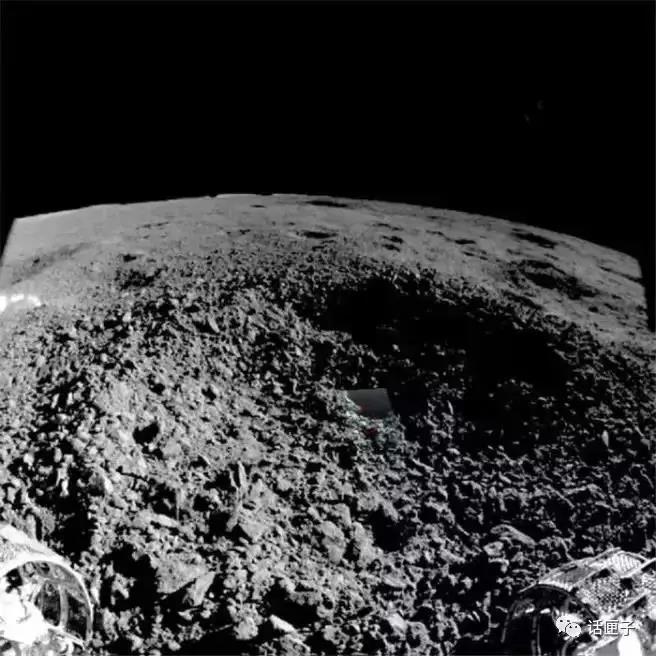
My job involves many challenges, including the large temperature difference between day and night on the moon, low-gravity environment, and the pollution of fine dust. The gravity of the moon is only 1/6 of that of the earth. In response to this low-gravity environment, my masters in Shanghai have conducted sufficient ground mechanics analysis and verification of the states and parameters of the rover, like moving speed, distance, and obstacle crossing ability, while also taking the state of scattered meteorites and impact craters into consideration, which helps the rover to be able to identify certain obstacles and autonomously avoid them, and guarantees the traffic ability, mobility and terrain adaptability of the rover. What’s more, the design team has defined multiple working modes for the rover, including perception, movement, exploration, charging, security, moon-day to moon-night, hibernation, and moon-night to moon-day, in order to meet the requirements of different working environments and different working conditions.
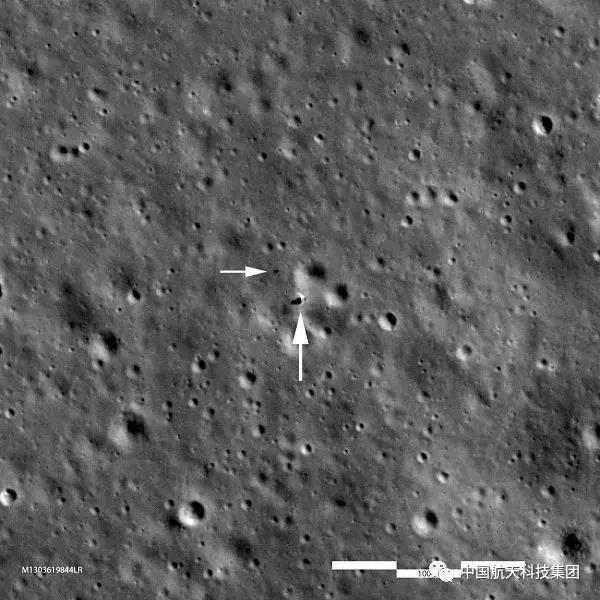
I am designed with three months of life, which means three full day and night on the moon. This small goal has already been achieved.
Last month, I broke a record kept by Soviet Lunokhod 1 for 49 years. That guy had worked for 321 days since he landed on the Moon in 1970. Based on the technical level of that time, he could be regarded as the “greatest rover” on the Moon. Since I am outliving him now, every day I spend on moon is setting a new record.
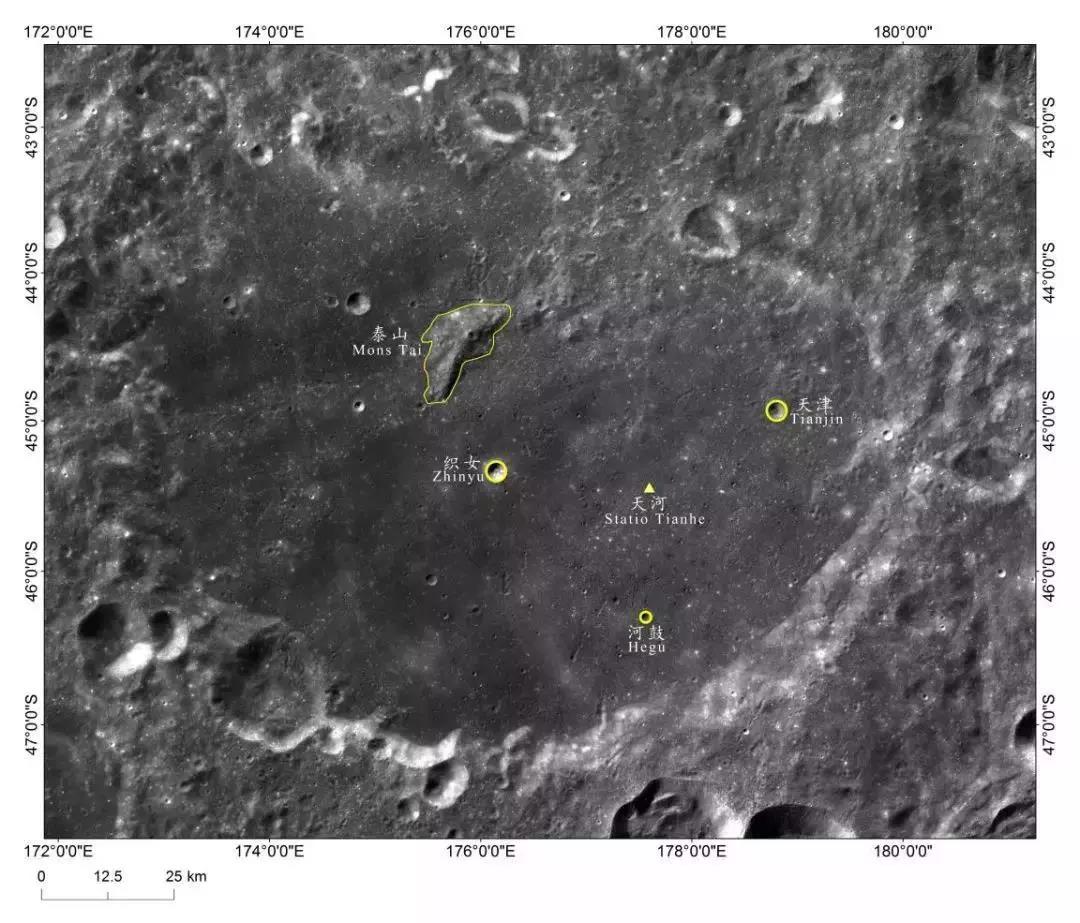
The minimum temperature of the moon night is below -190°C, while the maximum temperature on the lunar surface exceeds 100°C. Thanks to the concept of Sleep/Wake brought up by my masters, I can tolerate a temperature difference of nearly 300°C. Neither bitter cold nor torching heat can defeat me. When the sun rises slowly, the lander and the rover begin to work: the lander carries out scientific exploration in situ, while the rover walks around to explore. When the moonlight shines, the rover would find a good shelter, lower the mast, close the solar wing, and go to sleep. The lander and rover would not work until the sun wakes them up by shining on the battery plate of the rover’s solar wing next day.
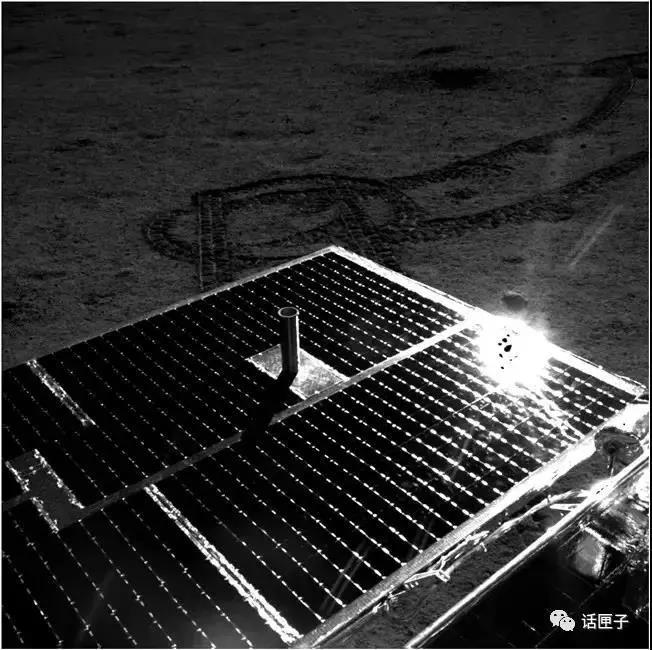
Chang'e 4 is equipped with the most advanced high-efficiency triple-junction gallium arsenide solar cell, which increases the photoelectric conversion efficiency from 28.6% to 30.84%. The new cell is superior in many technical indicators such as photoelectric conversion efficiency, output voltage, output current, anti-irradiation capability, bypass diode voltage drop, and weight. Its reliability has also passed multiple examination and verification in orbit and on the ground. In addition, with the new technology, the solar cell is lighter by 10% and thicker, with the power margin increasing from 6% to 9%.
In addition to the dramatic temperature difference, the ubiquitous lunar dust is another “health killer” defeated by me. Compared with the sandy soil and volcanic ash on the earth, the lunar dust formed by weathering is lighter and thinner, but has more edges and corners. American lunarnauts once asserted that the adhesion and abrasion of lunar dust would be the biggest obstacle preventing humans from returning to the moon and staying on the moon for a long time. Fortunately, my masters are very considerate and they have designed a lip-shaped sealing ring for me, which stands the test!
I have traveled a total of 357.695 meters by now.
It can be said that my every step on the moon is thought through by my masters. Based on the pictures I take, the ground control would establish a digital simulation model, where my movements would be repeatedly verified to produce the best solution.
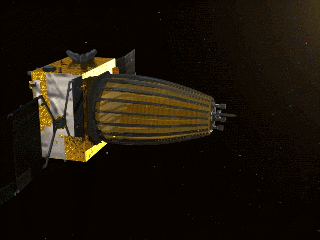
When driving on the road, the drivers conduct a combination of actions such as stepping on the throttle during the steering. Over a distance of 380,000 kilometers, I am driven by my masters with the help of “Queqiao”. It takes about 2 minutes for me to receive the signal transmitted from the ground, so my masters send me instructions one by one, and only after I complete one, does the next one proceed. I have to be very careful with every movement, or terrible things could happen.
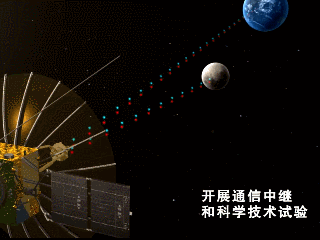
As you can see that the rut I left on the moon surface are very complex, because I have to face towards a specific direction before sleeping, and I have to avoid obstacles. I have to work through the intricate terrain of potholes, and there are several times when my wheels vacating at the rim of the crater. When this kind of situation happens, my masters would be extremely careful to send instructions to help me out...
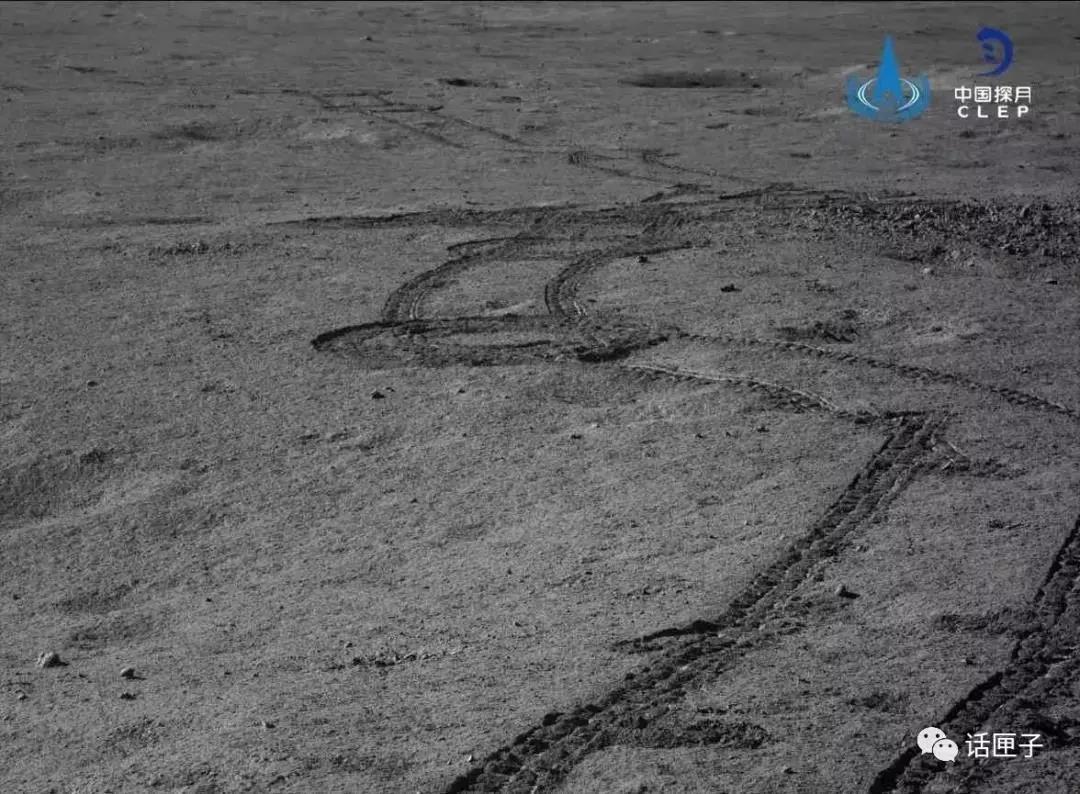
The measurement and control data transmission subsystem of Chang'e-4 rover not only assume the function of data communication with the lander, but also perform telemetry and data transmission with the relay satellite. My masters have designed 5 working modes for this subsystem, and they have fully considered the redundant design, which greatly improves the reliability of this system.
Opportunities always coexist with challenges. It is quite often that for scientific exploration, I have to march through the area with craters. Once, I was moved forward exactly 66 mm according to the instruction from the ground control. You see, my masters are all good at “micro-operations”.
There are thousands of roads, but the most important one is safety! Well, I have my own rhyme...
The raw data sent from Chang'e-4 lunar lander exceeded 1.7TB. Relying on the infrared spectrometer, panoramic camera, neutral atom detector, and lunar radar on my body, scientists have found rocks dominated by minerals such as olivine and low-calcite, and made preliminary judgments on their sources, which is of great value in revealing scientific issues such as the geological evolution of the Aitken Basin and even the early evolution of the lunar crust, as well as the material structure and formation mechanism of the deep moon.
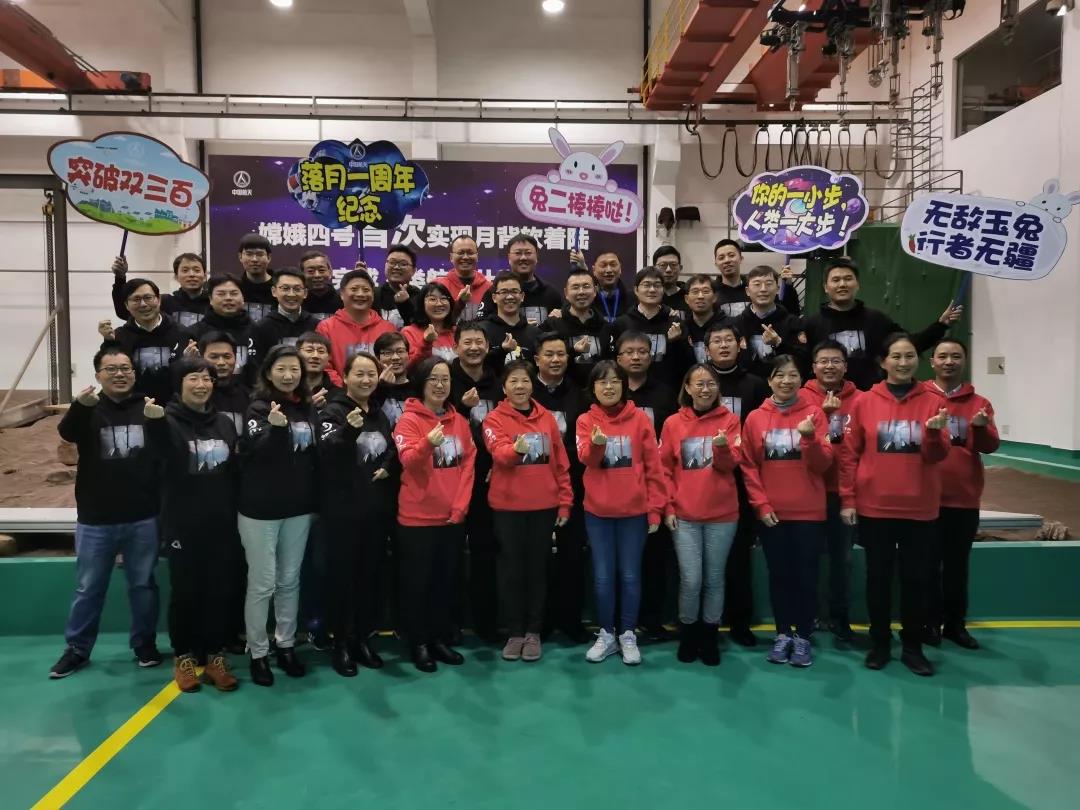
Yutu II updated its Circle of Friends after sending back the work summary report
Yutu II
On December 8, 2018, a memorable day, I bid farewell to my loved ones, and left my motherland, embarking on a journey of 380,000 kilometers. On January 3, 2019, with the help of my sister Chang'e-4, I successfully landed on the far side of the moon! Yes, this was the first time an artificial rover had landed on the far side of the moon, and it was me who created this miracle ...
I was thrilled, but I calmed down soon, because I knew that there were complex and difficult tasks waiting for me to complete. I am absolutely a hardworking bunny! Over the past year, I worked 365 hours a day, and explored inch by inch on the vast surface of the far side of the moon.
Today is January 3, 2020, the first anniversary of my landing on the moon. In the past year, I shared every achievement with you: I found the gelatinous substance on the far side of the moon; my moving distance exceeded 300 meters; and I set a new world record by outliving the Soviet Lunokhod 1 ...
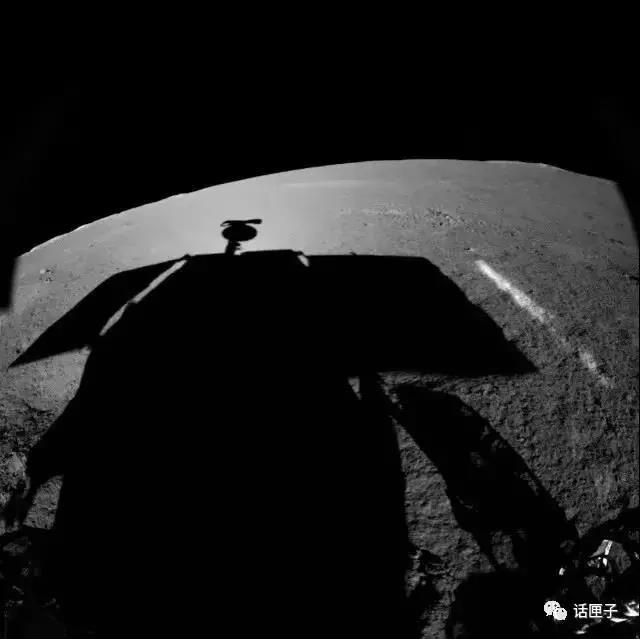
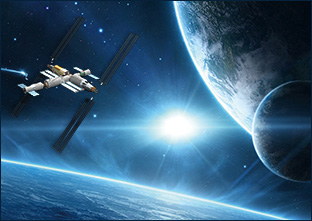
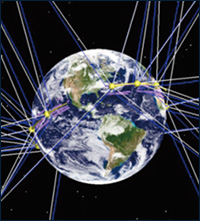
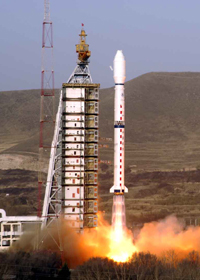
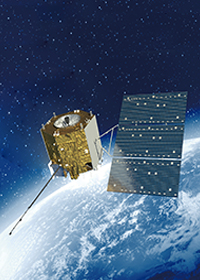

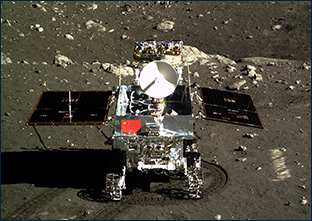
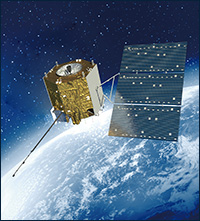

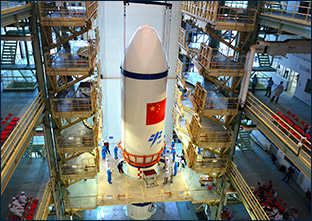



 DOWNLOAD
DOWNLOAD E-MAIL
E-MAIL